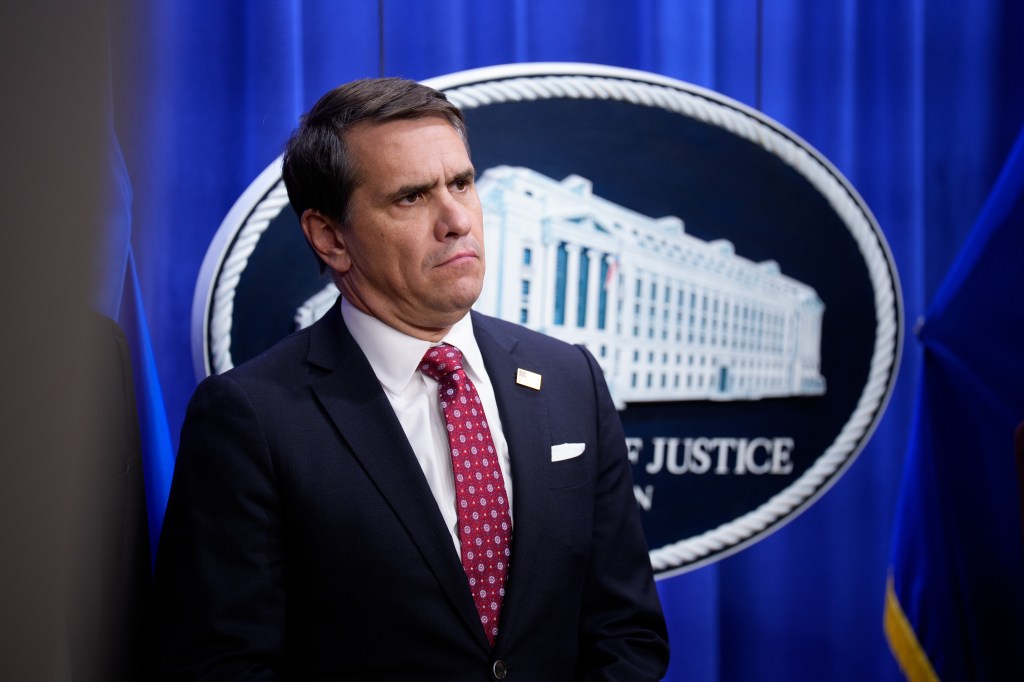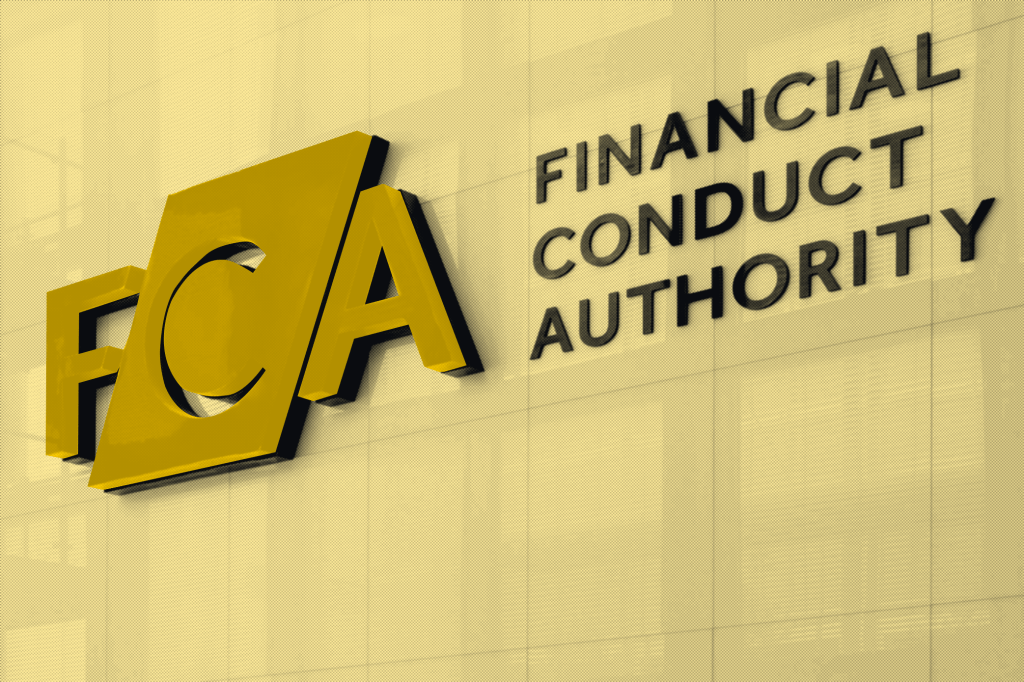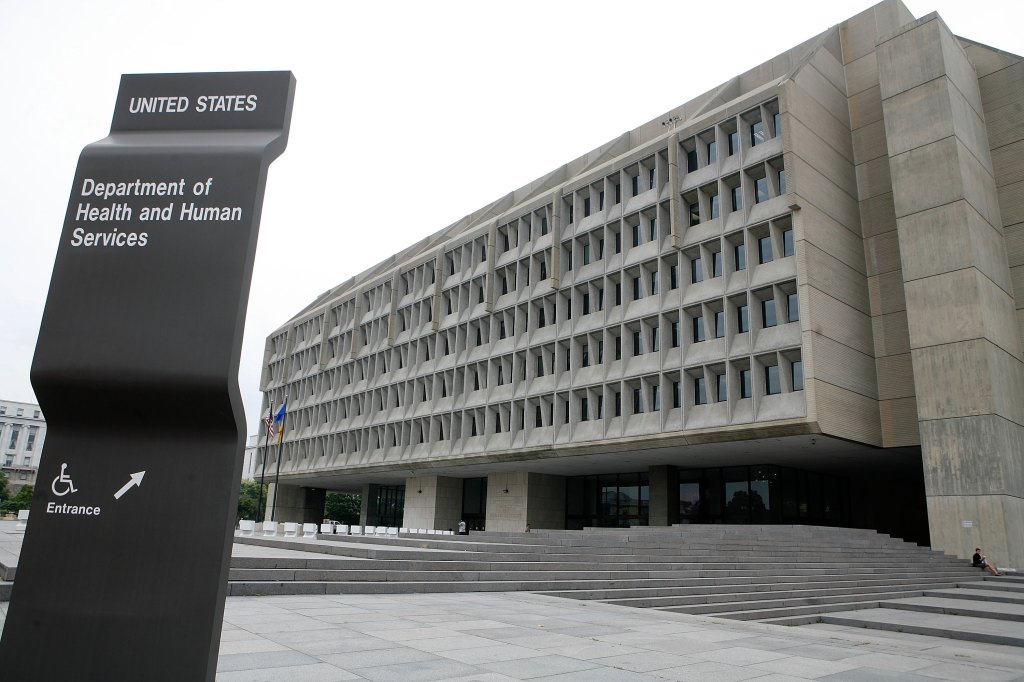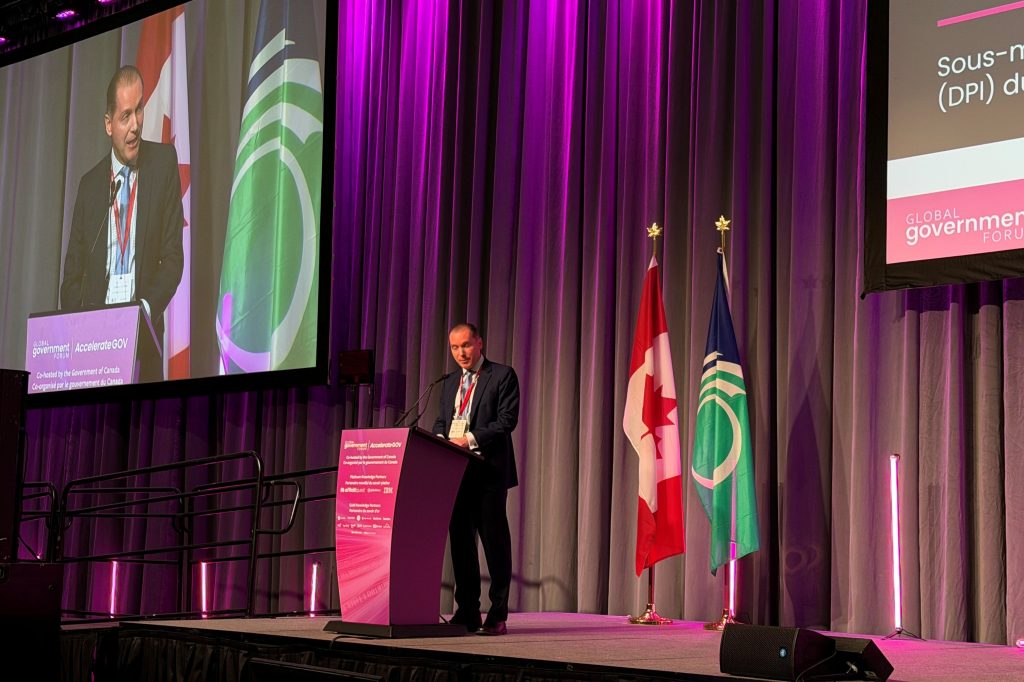After a flurry of market enforcement action by the FCA in 2022, we discussed the impact on regulated firms and on regulatory tolerance and process with Aaron Stowell, who is a Partner of Forensic Technology and Surveillance at KPMG. He has years of experience investigating cases of market abuse and
GRIP:
Register for free to keep reading
To continue reading this article and unlock full access to GRIP, register now. You’ll enjoy free access to all content until our subscription service launches in early 2026.
- Unlimited access to industry insights
- Stay on top of key rules and regulatory changes with our Rules Navigator
- Ad-free experience with no distractions
- Regular podcasts from trusted external experts
- Fresh compliance and regulatory content every day

















